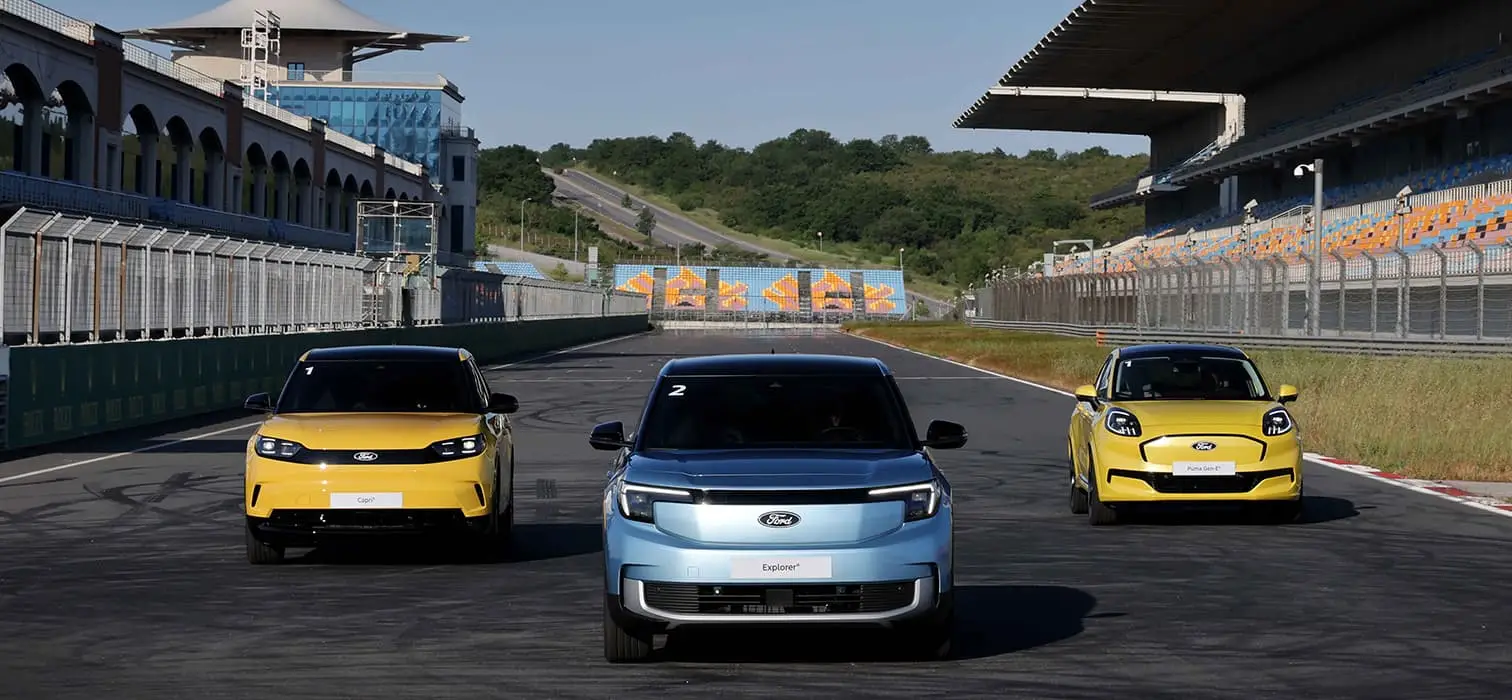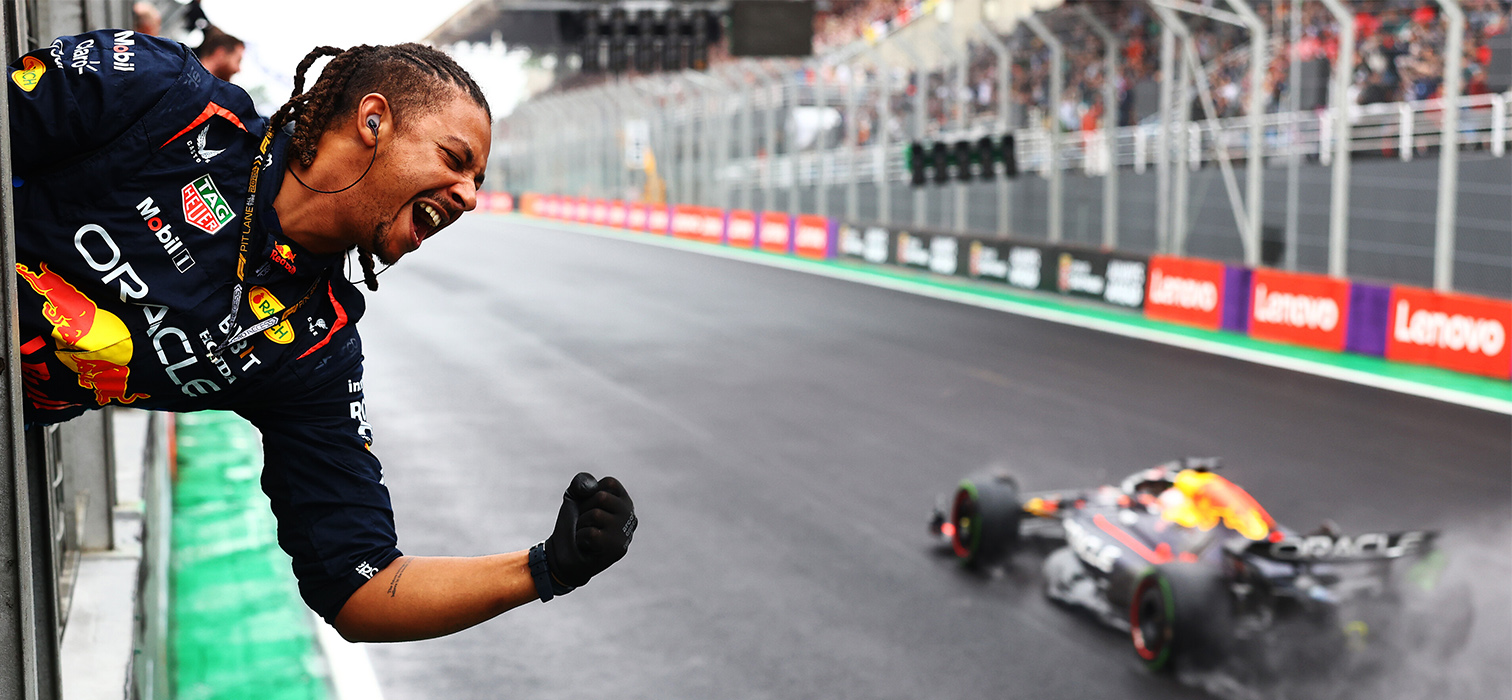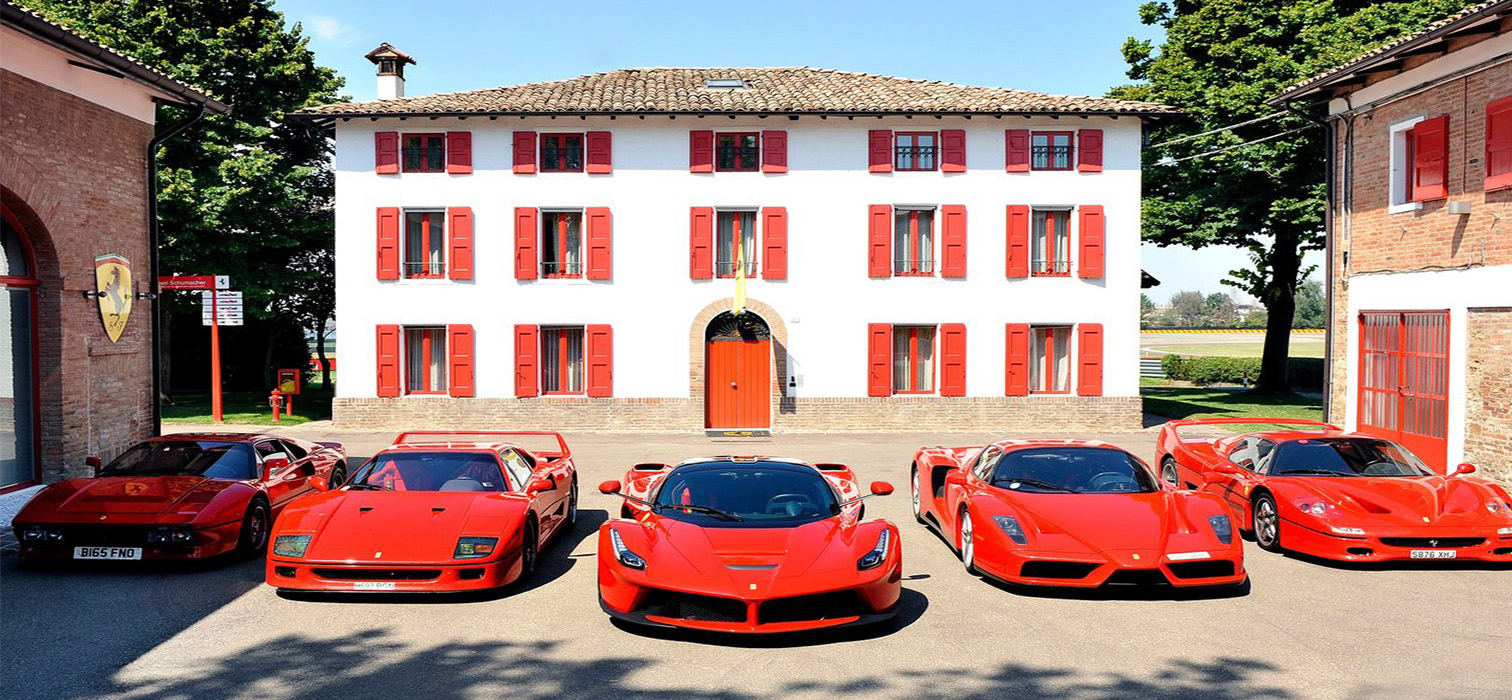
From its design to its engineering, Ferrari’s anniversary cars continue to captivate the hearts of sports car enthusiasts.
Ferrari’s iconic anniversary models, celebrated for their exceptional design and engineering, continue to captivate sports car enthusiasts worldwide. As the pinnacle of automotive luxury and performance, Ferrari has been an enduring source of inspiration for prestigious sports cars and automakers globally. Although the brand was founded in 1939, Ferrari’s tradition of unveiling flagship models every decade began as a tribute to its first mass-produced car in 1957. While the dates occasionally shift, Ferrari never misses an opportunity to celebrate its legacy. Here’s a look at Ferrari’s extraordinary celebration models over the years.
1984 Ferrari 288 GTO: The Start of the Celebration!
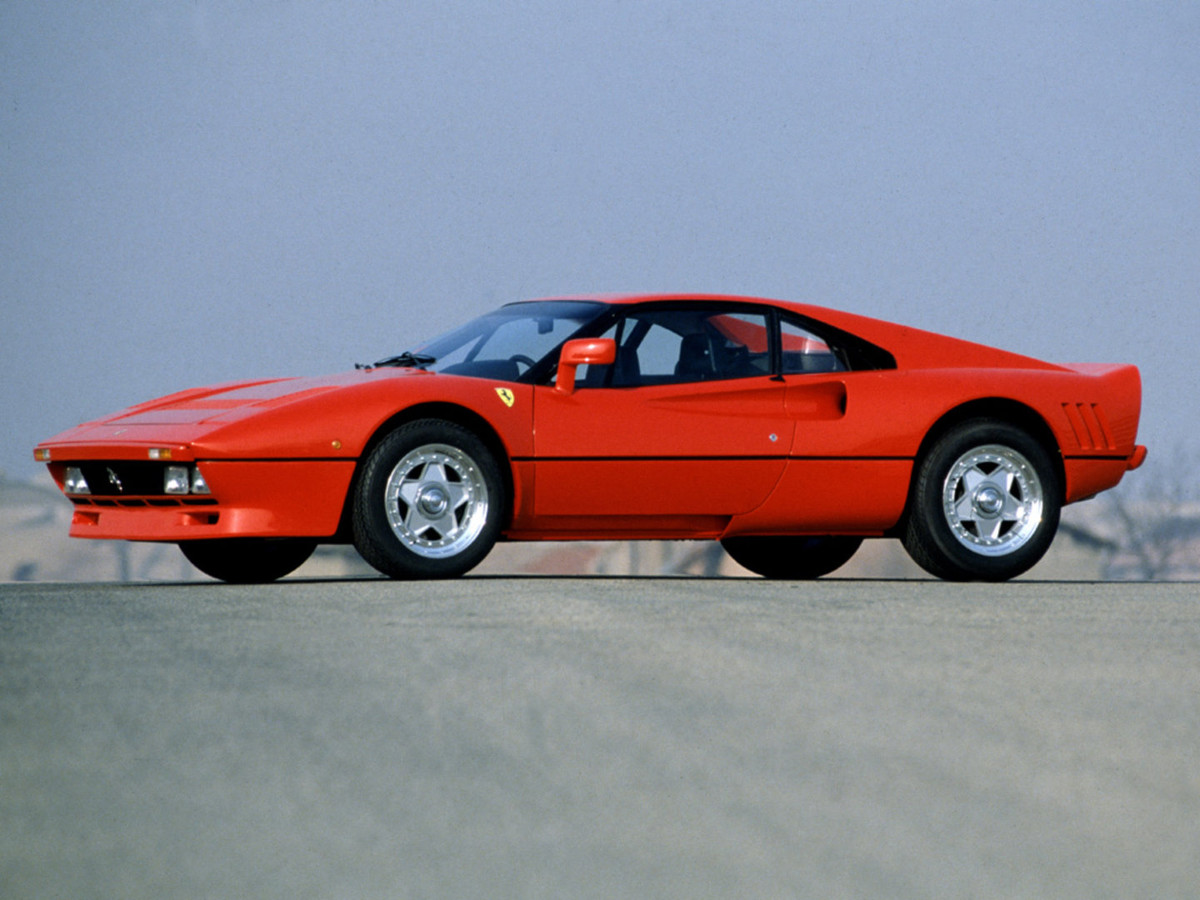
In the early 1980s, the World Rally Championship’s Group B category was infamous for its high speeds and extreme danger, which led to numerous fatal accidents. The Ferrari 288 GTO was developed for this series but never got the chance to compete, as Group B was canceled before it could race. Despite this, the 288 GTO is hailed as the first of Ferrari’s anniversary models, marking the start of an illustrious tradition. Produced in a limited run of just 272 cars over one year, this model is a rare and highly sought-after piece of Ferrari’s history.
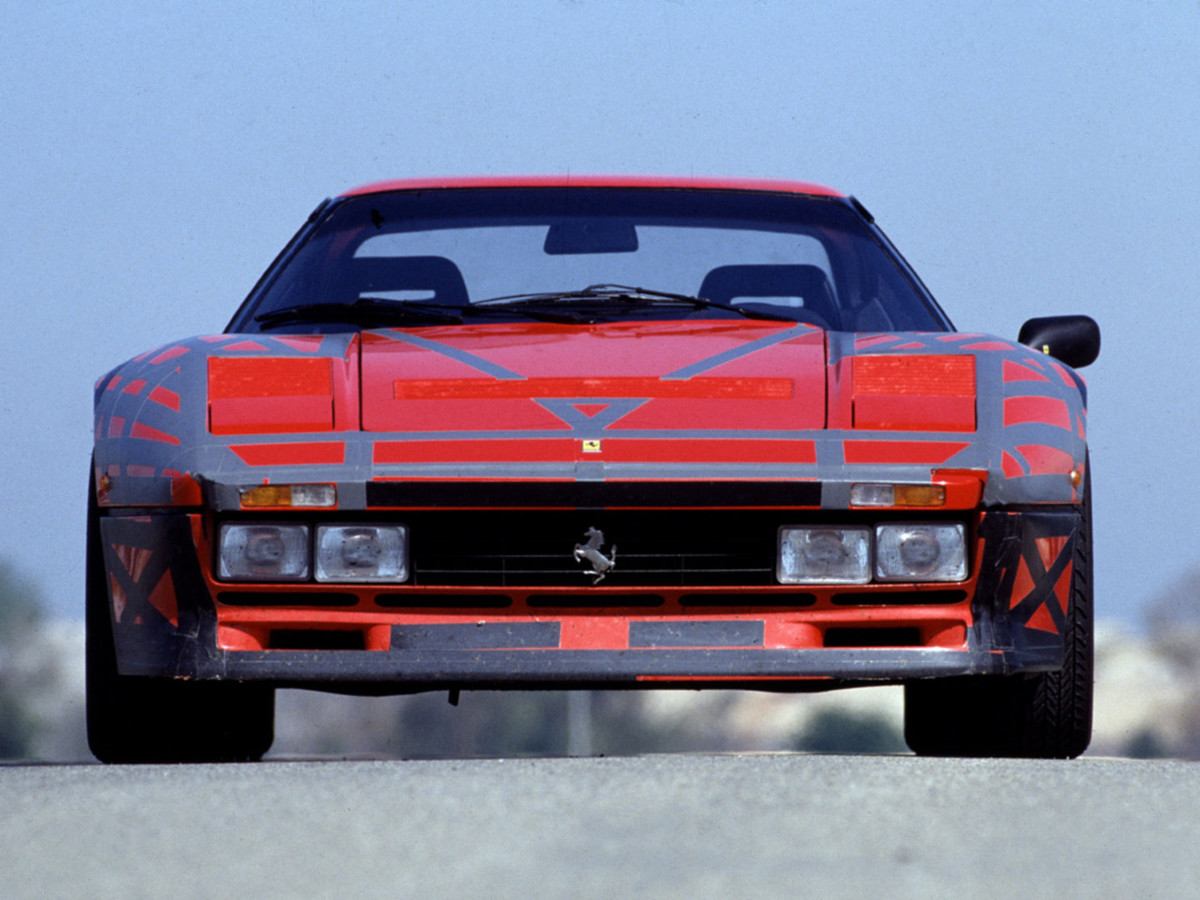
The car’s turbocharged V8 engine delivered 400 horsepower, enabling it to accelerate from 0 to 100 km/h in just 4.9 seconds. With a top speed of 305 km/h, this powerhouse was also available in specialized track versions for various racing series. This model served as the foundation for the later Ferrari F40.
1987 Ferrari F40: The Most Iconic Supersport
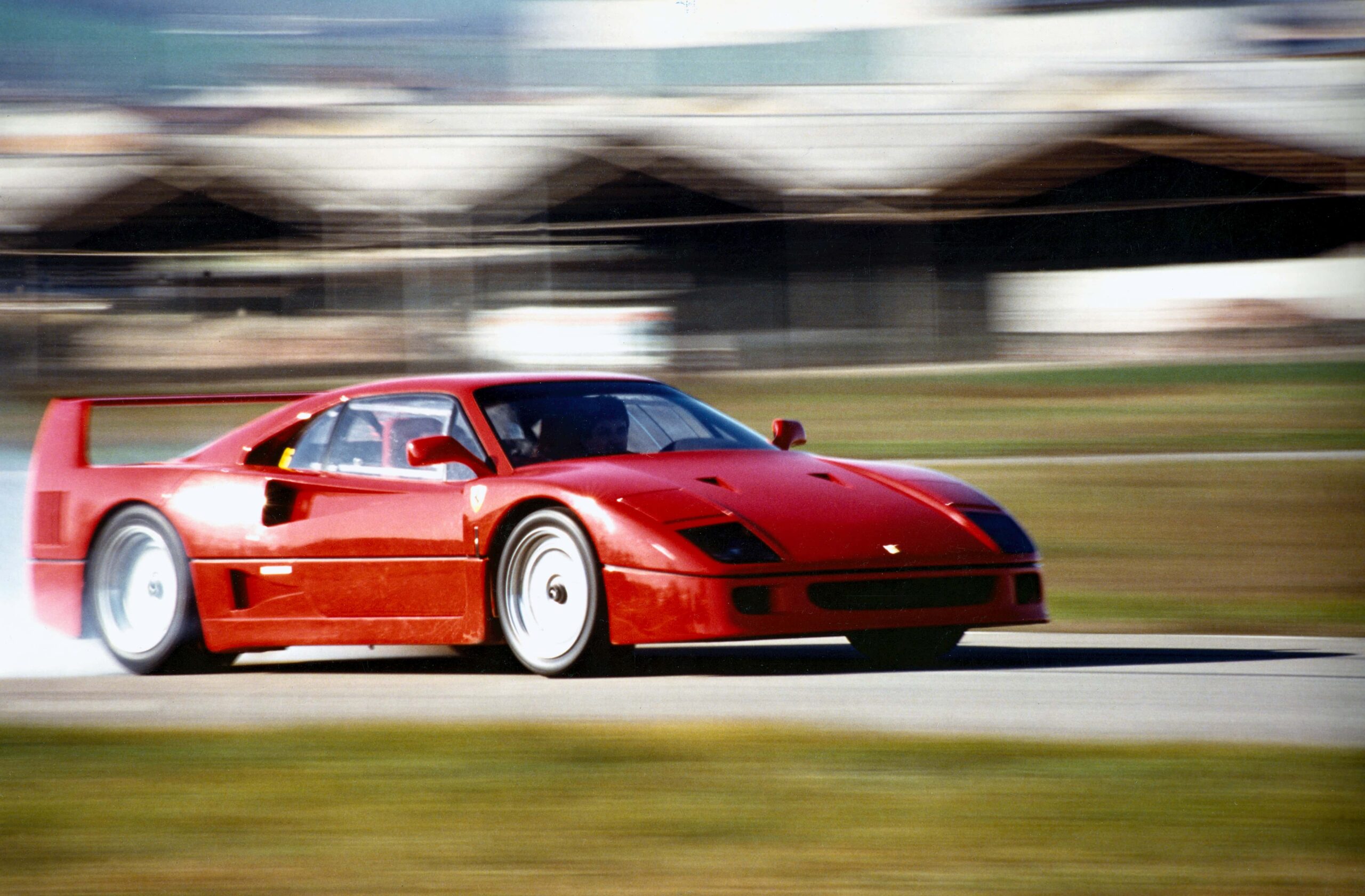
The Ferrari F40 is widely regarded as the most iconic supersport car ever produced, and for good reason. It holds the distinction of being the last car personally approved by Enzo Ferrari, who passed away in August 1988. Unlike the high-tech, everyday GT cars that Ferrari had produced in previous years, the F40 was a raw and unfiltered performance machine, designed for ultimate driving purity. It was stripped of all unnecessary luxuries, featuring no power windows, air conditioning, or ABS. In fact, even the interior was devoid of upholstery and insulation to save weight, making the F40 a true driver’s car with an uncompromising focus on speed.
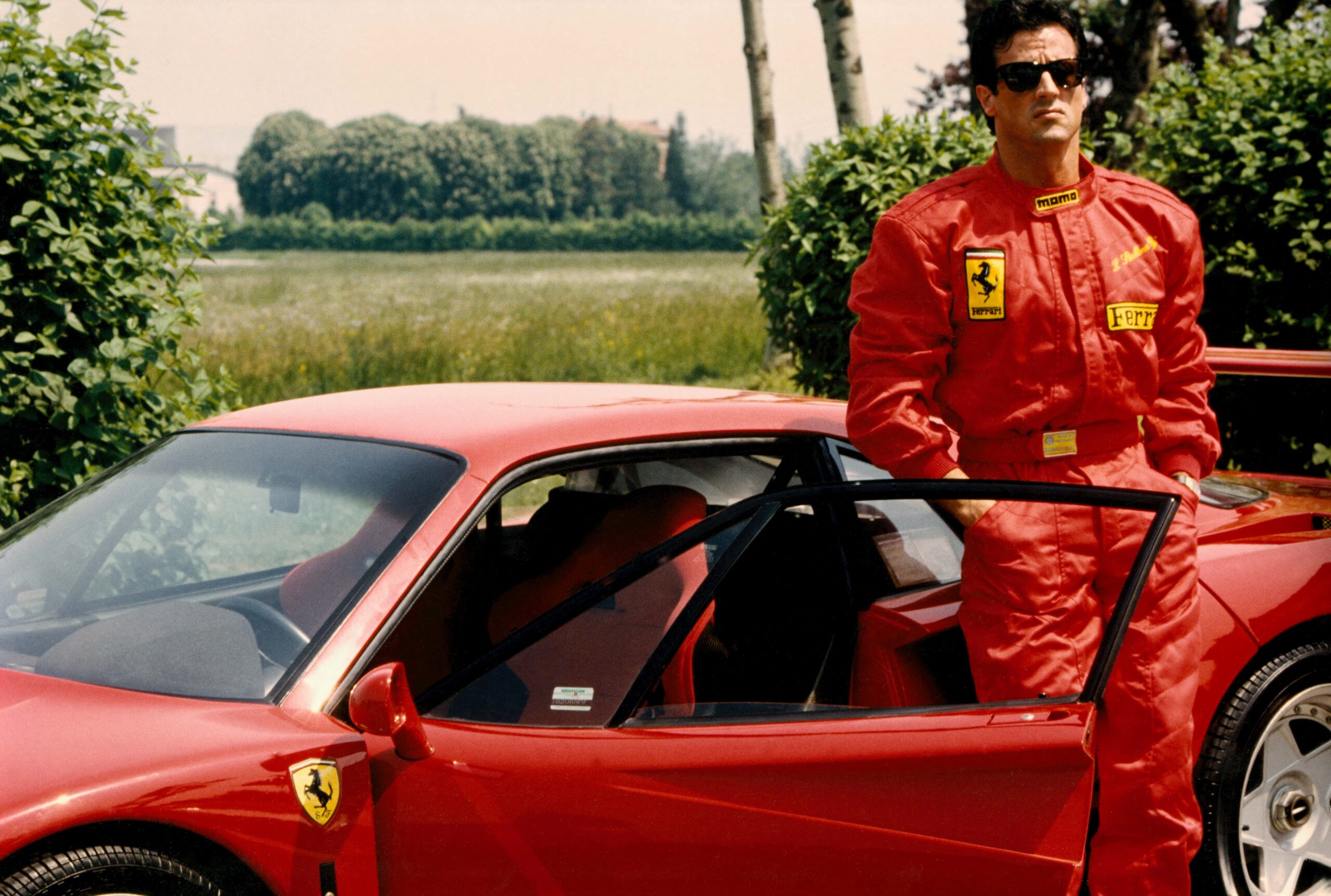
The F40 was originally intended to be limited to just 400 units, but overwhelming demand led to a total production of 1,311 cars from 1987 to 1992. Despite its initial list price of $400,000, the F40 became so desirable that second-hand examples, often barely driven, sold for over $1 million.
The Ferrari F40, designed by Pininfarina, featured one of the most iconic rear spoilers ever created. Positioned beside the fixed rear wing was the F40 badge. The “F” in the model’s name represented the brand, while the “40” marked the year Ferrari was founded. The entire rear section of the car could be opened to access the mid-mounted engine. Powered by a turbocharged V8 engine producing 478 horsepower, the F40 could accelerate from 0 to 100 km/h in just 3.8 seconds and reach a top speed of 322 km/h.
1995 Ferrari F50: A Legend Powered by a Formula 1 Engine
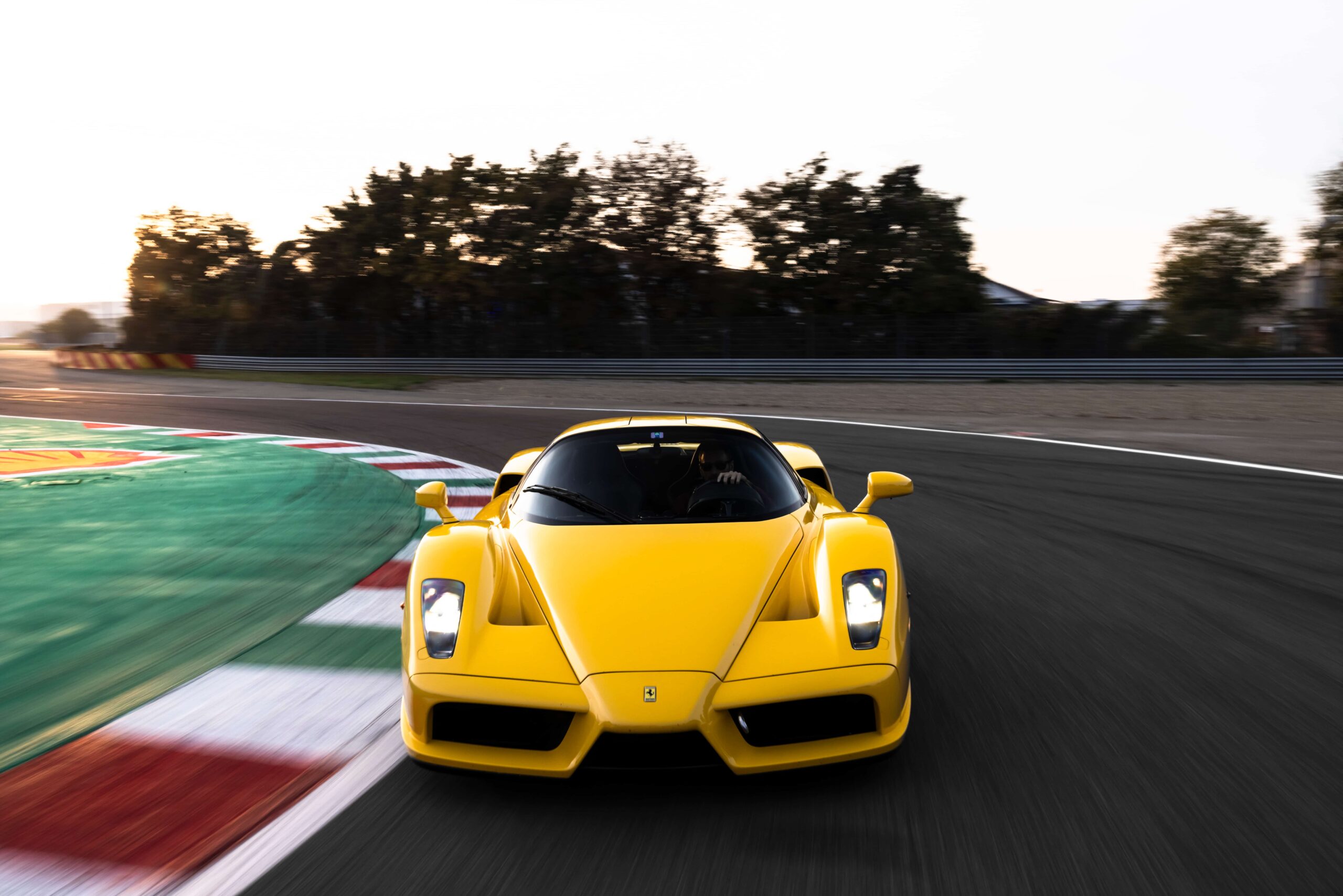
Building on the legacy of the F40, the Ferrari F50 became the first modern, mass-produced Ferrari to feature an F1-derived engine. Its 4.7-liter V12 engine was based on the 3.5-liter V12 used in Ferrari’s 1990 Formula 1 car. With only 349 units produced over two years, the F50 featured a removable hardtop and a carbon-fiber chassis, making it the fastest and most expensive open-top supercar of its time. While it wasn’t initially as celebrated as the F40, its value has skyrocketed in recent years.
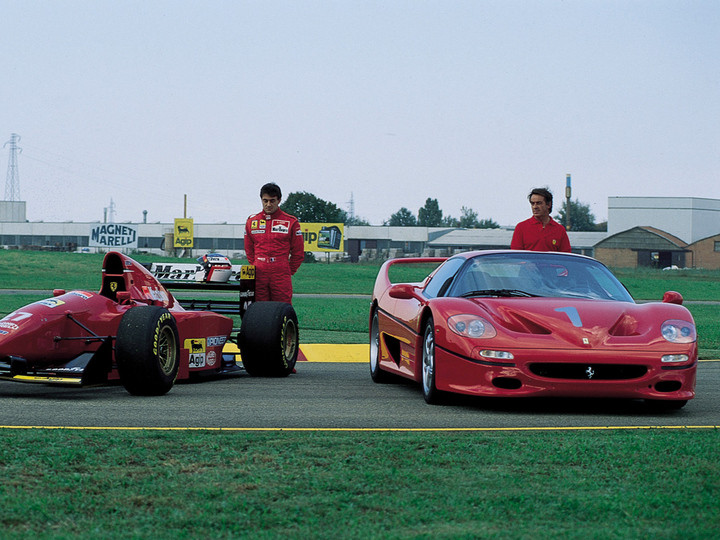
With 513 horsepower from its naturally aspirated V12, derived from the Formula 1 engine, the F50 produces an exhilarating screech that peaks at 8640 rpm. It can accelerate from 0 to 100 km/h in 3.8 seconds and reach a top speed of 325 km/h. Of course, reaching such speeds without a roof requires considerable courage.
2002 Ferrari Enzo: A Tribute to the Founder
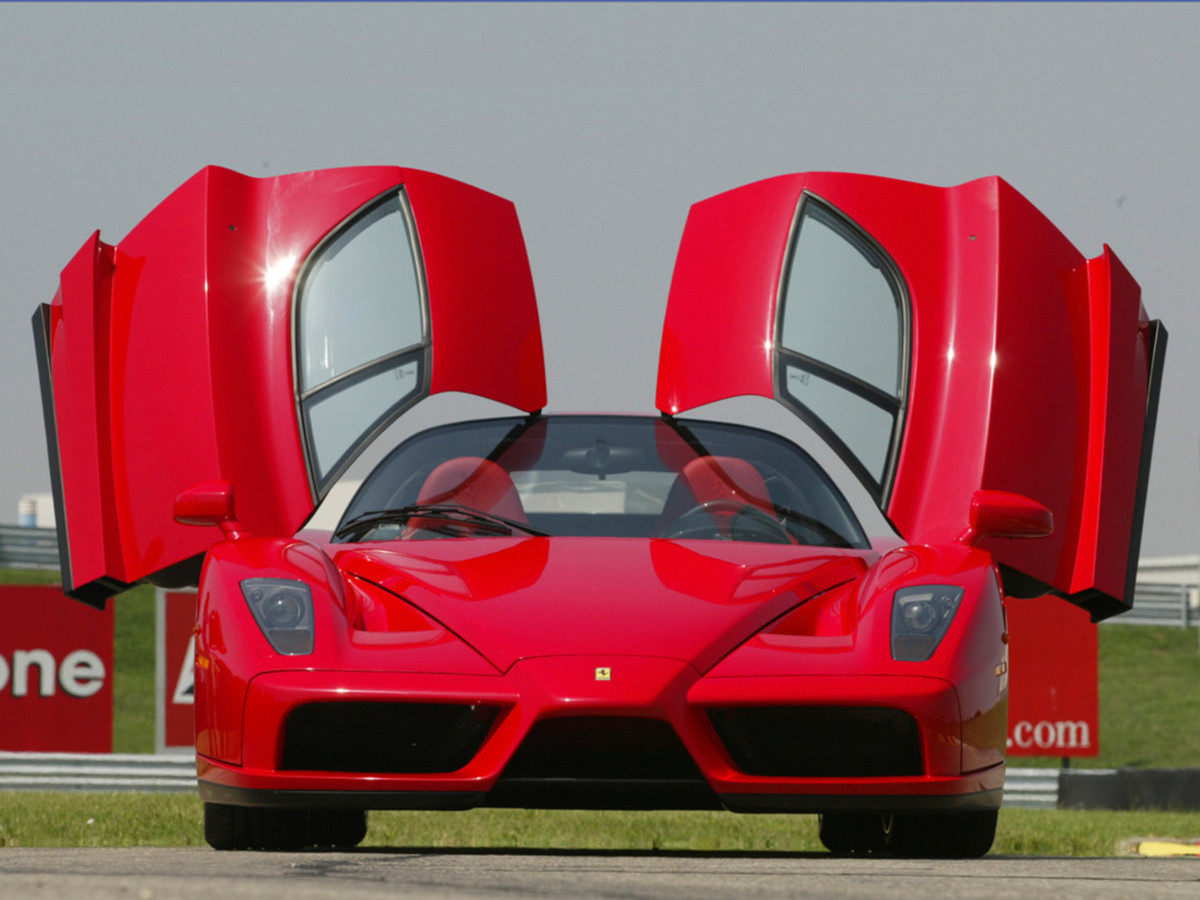
Named after the brand’s founder, the Ferrari Enzo was produced in just 400 units over two years, with the total number rising to 498 when including special versions. Initially expected to follow the F40 and F50 as the F60, the Enzo deviated from its predecessors by not featuring a fixed rear wing. Instead, it incorporated advanced under-body air ducts for aerodynamics. Its design included a Formula 1-inspired front end and distinctive butterfly-wing doors.
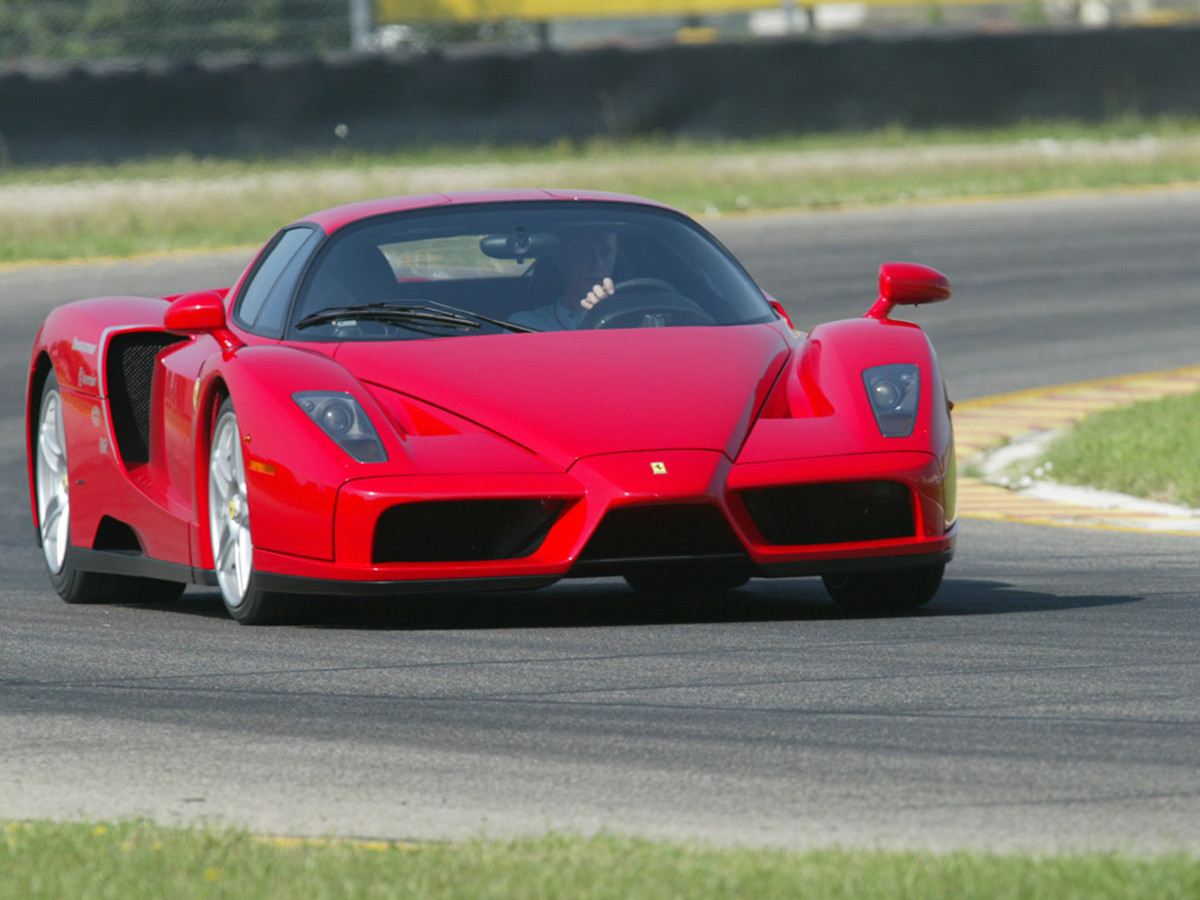
The Ferrari Enzo was also a tribute to Ferrari’s four consecutive Formula One championship titles. It featured not only an F1-inspired engine but also a semi-automatic sequential gearbox, a carbon-fiber body, and carbon-ceramic brakes, all of which were adapted for mass production. Powered by a naturally aspirated V12, the Enzo produced 660 horsepower, could accelerate from 0-100 km/h in 3.3 seconds, and achieved a top speed of 355 km/h.
2013 Ferrari LaFerrari: The Iconic Ferrari

Unveiled at the 2013 Geneva Motor Show, the Ferrari LaFerrari made a bold statement, defying expectations for an F70 model to mark Ferrari’s 70th anniversary. Luca Cordero di Montezemolo, Ferrari’s CEO at the time, explained that the name was chosen in the final days before the launch, reflecting the emotional decision-making typical in Italy. Similar to how “O Ferrari” is expressed in Turkish, “LaFerrari” was an Italian phrase for the brand itself. This marked a departure from tradition, as the LaFerrari became the first Ferrari designed by the Ferrari Style Center, rather than Pininfarina.

Priced at 1 million Euros, Ferrari produced only 710 units of the LaFerrari over five years, with an additional 200 units of the LaFerrari Aperta featuring an open roof. The car’s 800-horsepower naturally aspirated V12, combined with a HY-KERS hybrid system, produced a total of 963 horsepower. Continuing Ferrari’s tradition of bringing F1 technology to the road, the LaFerrari integrated hybrid technology. It could accelerate from 0 to 100 km/h in just 2.9 seconds, with a top speed exceeding 350 km/h. The exact “plus” beyond 350 km/h remains a mystery.
2024 Ferrari F80: A Leap into the Future
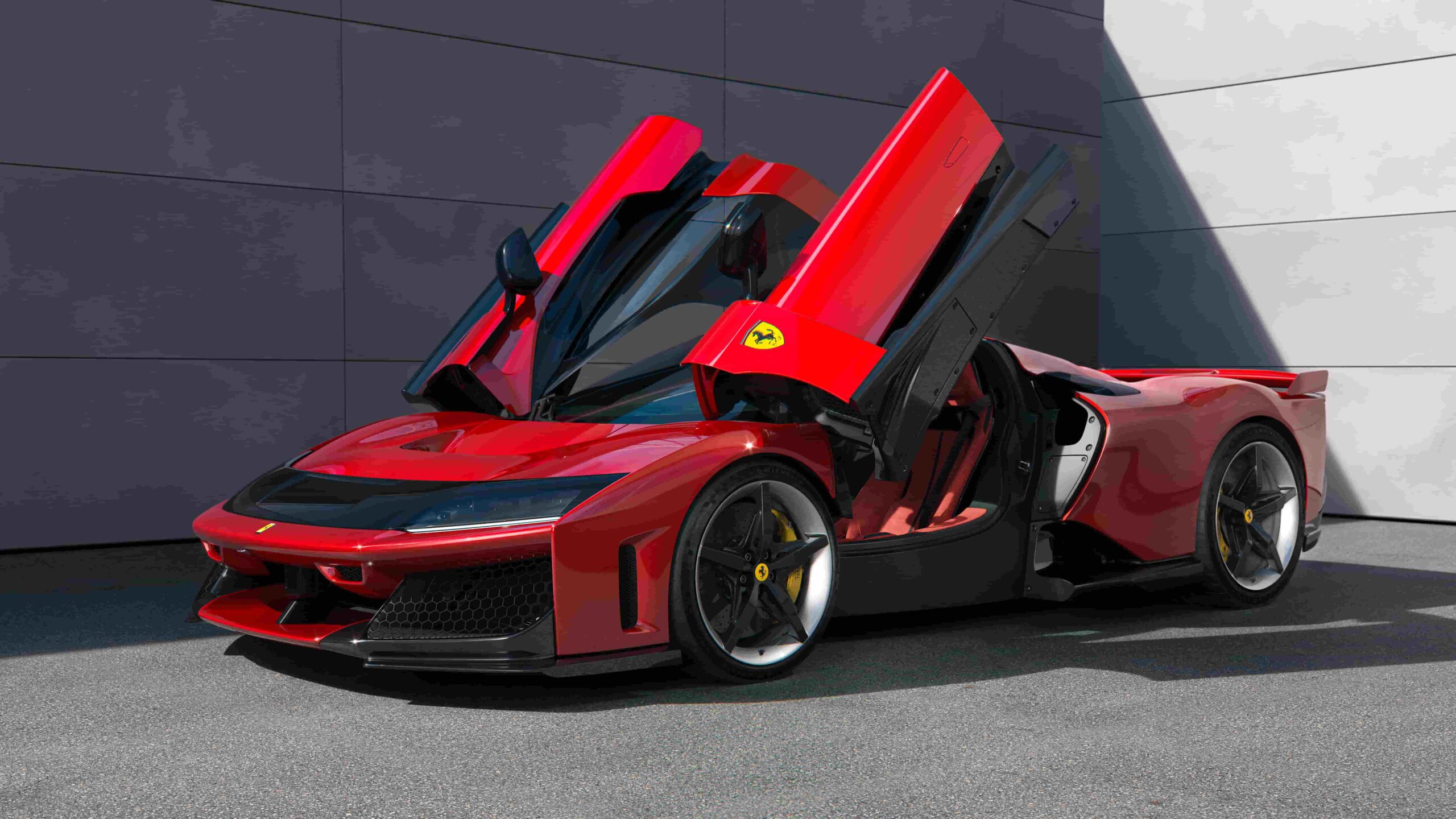
https://saatolog.com.tr/yeni-ikonik-ferrari-f80.htmlThe 2024 Ferrari F80 sets a new benchmark as the most powerful and fastest production Ferrari to date. Equipped with a twin-turbocharged V6 engine generating 900 horsepower, it is further enhanced by three electric motors that contribute an additional 300 horsepower, bringing the total output to an astounding 1200 horsepower. With a blistering 0-100 km/h acceleration in just 2.15 seconds and a top speed surpassing 350 km/h, the F80 pushes the boundaries of performance. For a closer look at the Ferrari F80, click here.

